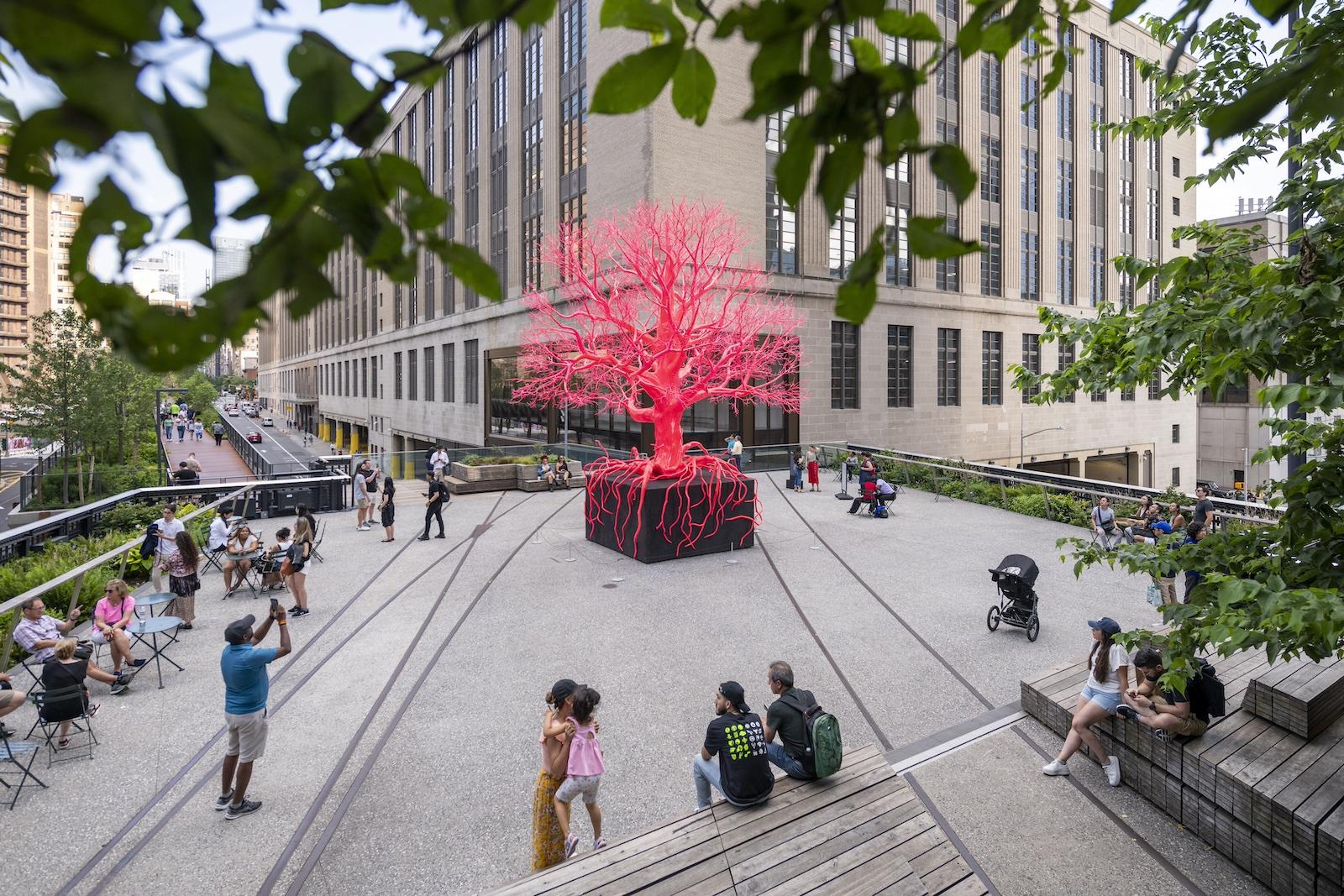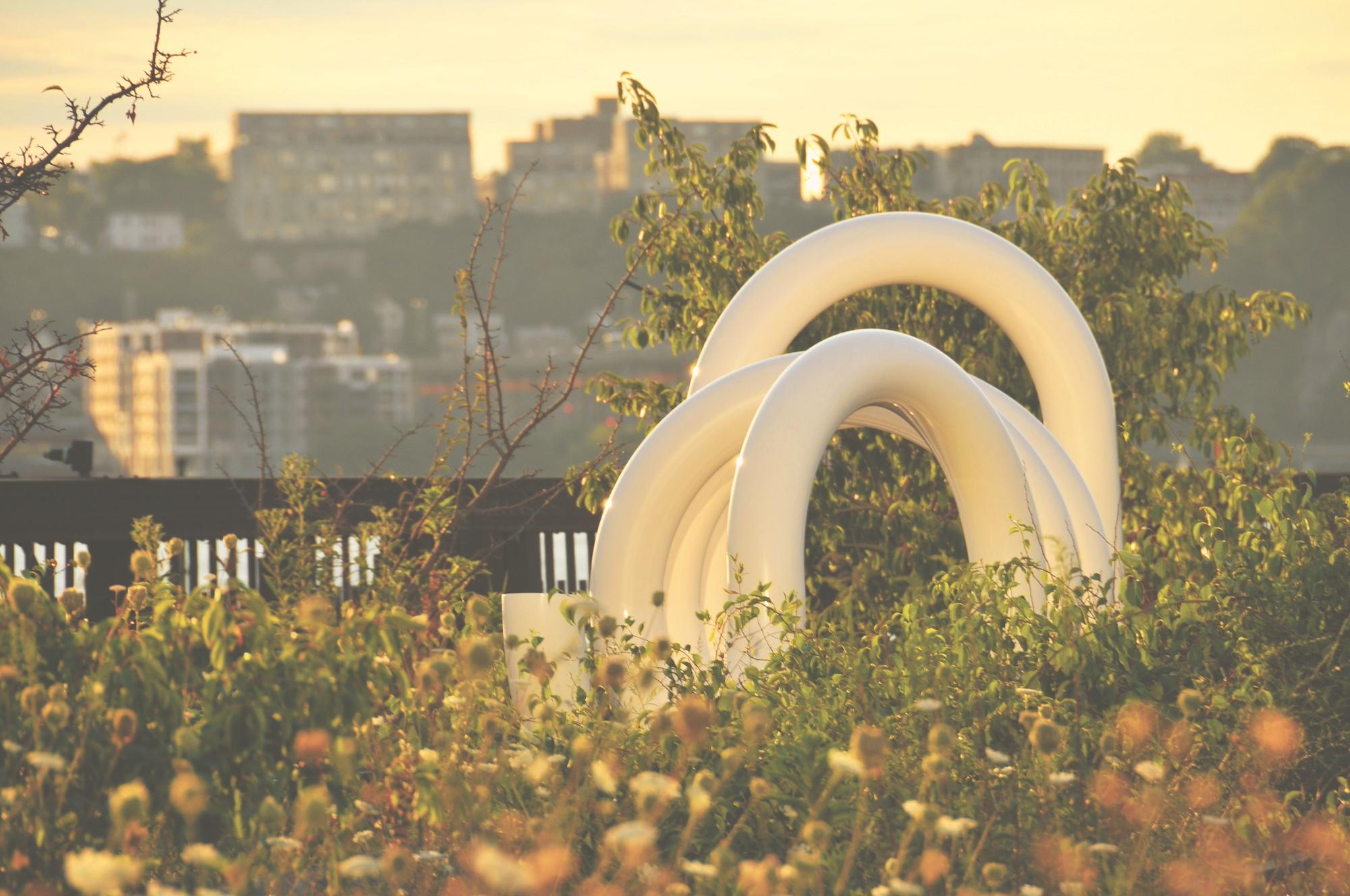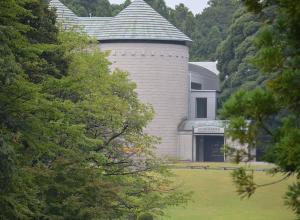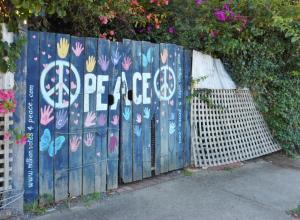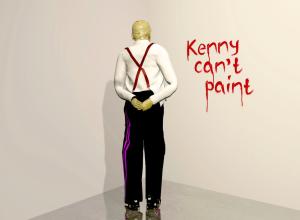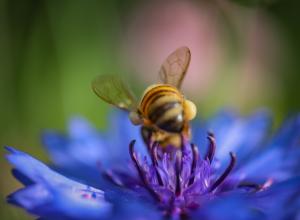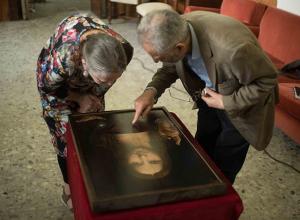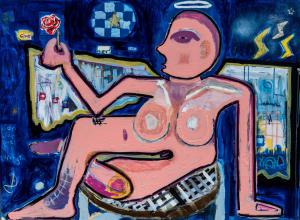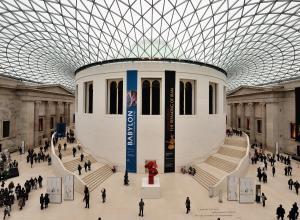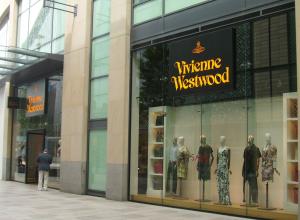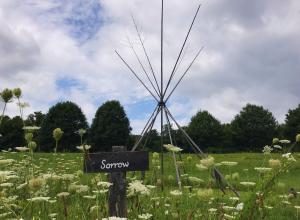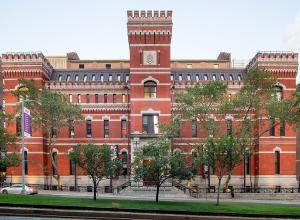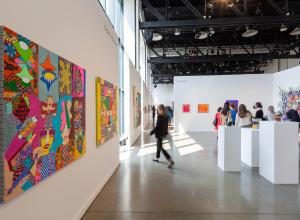All that said, Elevated: Art on the High Line (published, Monacelli, 2024) comes at just the right time as the organization is celebrating its 15 year anniversary since first opening to the public. The extensive catalogue is edited by Cecilia Alemani and features contributions by Aruna D’Souza, Saidiya Hartman, Sam Durant, Sheila Hicks, and Adrián Villar Rojas, amongst others.
Beyond the forward, written by Alan van Capelle, the book is divided into sections: Monuments and Monumentality, The Art of Nature, and The Symphony of Belonging. Each delves into the complexities of exhibiting artwork outdoors, political implications, and in a conversation with Sam Durant, “Making the Invisible Visible.”
Perhaps the latter is where the High Line thrives. It is not very visible from the sidewalk, and because of that, it can feel like a safe space for those seeking refuge from cars and busy sidewalks associated with urbanization.




